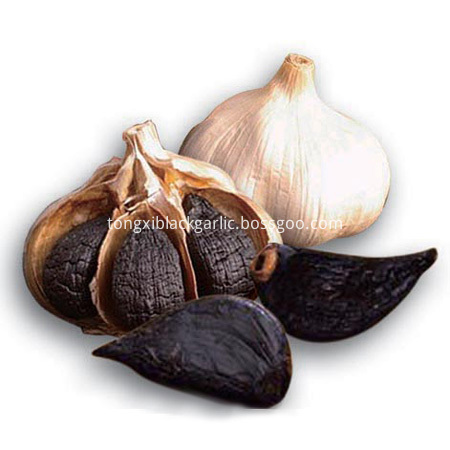Black fungus cultivation techniques
(1) Preparation 1 Select the ear field. The choice of ear canal is crucial for black fungus production. The general principle is multi-light, large areas with high humidity and little bacteria. One is to choose places near water sources, such as beside a river stream, beside a reservoir, or beside a pond. With sufficient water supply, watering the ears and creating a suitable humidity for the ear can be guaranteed. The second is to choose a sheltered, sunny place. The formation and development of the fruit body of Auricularia auricula requires sufficient light, and light is an important condition for mycelium synthesis. The third is to choose a place further away from the village and away from the dunghill and garbage dump. Bacterial infection is an important factor in the reduction of fungus. Frequent human activities and dung heaps are the most likely to breed mixed bacteria. In particular, the green mold seriously interferes with the growth of fungus mycelium, and even makes the auricular hole obsolete. So choose the ear field is also the choice of isolation zone. The fourth is to clean up the ear. In addition to cutting shrubs, thorns, and weeds in the auricular field, removing stumbling stones and rotted branches, we also need to disinfect the ear field with quicklime or bleaching powder in the late fall and winter of the previous year, and burn the ear field in winter to reduce the number of coming years. Pests and diseases occur. 2 Prepare ears. There are many trees suitable for the cultivation of fungus. Except for most conifers (such as benzoin and cinerae), most of the broad-leaved trees are available as earwood. The ideal ear wood should be a tree species that is not easily peeled off from the bark, thicker sapwood, and easily penetrated by mycelium. The fungus can be cultivated in the branches of branches of the Fagaceae, Birch, and Willow families. In the past, it was believed that the materials of hard and soft oak trees were poor, air permeability and water absorption were poor, and hyphae were not easily penetrated. However, as long as the strains are good and bacteria are in place, the rate of colonization is also high. The earliest period of production can last for 3 years; the materials of the begonia family and the Juglans mandshurica pods are soft, breathable and absorbent, and the mycelium can be quickly planted, but the yield can be high, but the yield is not seen in the third year. Ear wood is rotted. Therefore, when selecting earwood, attention should be paid to the classification of soft and hard mixed wood so that different wooden ear ears can be subjected to different cultivation measures. The ear of the tree is generally set in: hardwood 10-30 years; soft wood 6-20 years. Large trees, thick skin, thin sapwood, difficult mycelial colonization, slow ears, and low yield. The age of the tree is too small, the bark is thin, the moisture-retaining ability is poor, and the nutrients in the material are small. Even if the ear is produced, the ear-production period is short and the yield is low. The size of the diameter of the owl's ear should be 6-15 cm in diameter, and the ear of the same size or similar diameter should be cultivated in the same plot. Timber harvesting is usually carried out in conjunction with the logging season in the forest area. At present, some regions have designated a certain number of special earwood timber forests for the development of the fungus industry. However, most of them still select ears from harvesting operations. The golden season of logging operations in the forest area is winter. This is in line with earwood production. Timber cutting must be done before the winter or the end of the tree. At this time, the phloem of the tree is tightly integrated with the xylem. The nutrient accumulation in the tree is sufficient, and the water is less. The bark after cutting is not easy to peel off, and the hyphae colonization can be protected to improve the survival rate of inoculation. Cutting earwood at this time will greatly benefit the natural renewal of the cutting land in the future, and create conditions for the continuous supply of earwood. The earwoods are divided by the diameter of the diameter and piled up in the form of “wells†in places of ventilation, sunny, and high dryness. Stack 100 cm high and cover branches and leaves with thatch above and around to prevent the bark from falling off due to sun exposure. This process is also an ear fermentation process. The colonization of mycelium after inoculation is greatly beneficial. Turn over the heap every 10 days to even the fermentation and drying. When it rains, ears must be covered with plastic sheets to prevent rain from getting wet. After 30 days of piling and fermentation, 70% of earwood can be inoculated when it is dry.
Black garlic contains 18 kinds of amino acids, garlic-ene, peptides, polyphenols, active SOD, biological enzymes, glycosides, vitamins, lipids, trace elements, carbohydrates, green sulfur compounds, easily absorbed by the human body composition. The structure ratio is reasonable, and without any side effects.

( Aged ) Black Garlic
Aged Black Garlic,Organic Black Garlic,Fermented Black Garlic,Peeled Black Garlic
Zhucheng Tongxi Commercial And Trade Co.,Ltd. , http://www.blackgarlicgroup.com